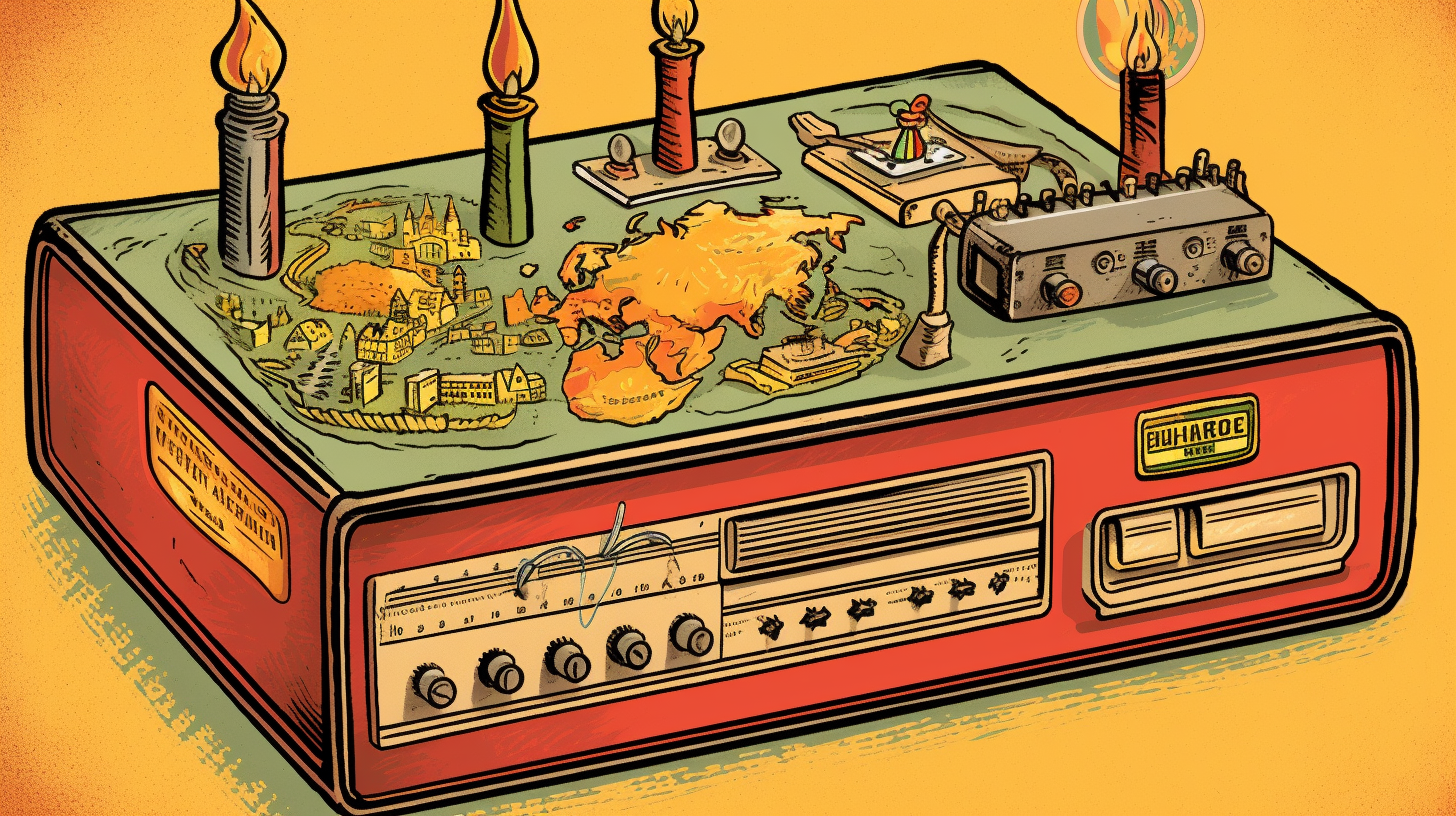Deciphering the Network: Comparing, Contrasting, and Positioning Devices for the CompTIA Network+ (N10-008) Exam

Whoa, Nelly! Hold your horses! You can't just barge into the network world without first understanding the landscape. It's not a walk in the park! Networking, my friends, is a complicated affair. You gotta know your devices, their features, and where exactly they should be in the network hierarchy. So, buckle up, buttercup, 'cause we're about to dive headfirst into the whirlwind that is the CompTIA Network+ (N10-008) exam!
The Usual Suspects: Networking Devices
First off, let's take a gander at the myriad of devices we're dealing with. Routers, switches, firewalls, oh my! Each device has its own quirks and characteristics, not unlike the characters in a cheesy sitcom. But darling, nothing's cheesy about getting these devices right for your exam!
Let's start with the 'brains' of the network, the router. You see, routers route data - quite the apt name, isn't it? They're like a GPS system for your data packets, determining the most efficient route for data to travel from point A to point B, and they ain't no one-trick pony! Routers also have the important task of connecting different networks and managing network traffic.
Switches, on the other hand, are like the 'postal workers' of the network. They deliver data packets to specific ports based on the destination MAC addresses. It's a bit like delivering mail to the right apartment in a big complex. They ensure that your packets don't end up in the wrong hands!
Then, we have our protective friend, the firewall. It's like a big bouncer at a nightclub, controlling the flow of data to keep out anything nasty. Firewalls monitor and control incoming and outgoing traffic based on pre-determined security rules. They stand guard to protect the network from external threats.
Delving Deeper: Features and Functions
These devices aren't just a pretty face. They also pack a punch with their internal features. Each device carries a unique set of features and functions, earning them a formidable position in the network chain.
Routers, our 'traffic managers', have the ability to connect multiple networks, both wired and wireless. They are typically feature-packed, capable of dynamically routing, implementing security measures, and even acting as a DHCP server! It’s a Jack of all trades!
Switches, while maybe not as flashy as routers, are stars in their own right. They play a vital role in traffic optimization. Switches can reduce broadcast traffic, prioritize certain kinds of traffic over others, and even support Power over Ethernet (PoE) - talk about power packed!
And let's not forget our bodyguard, the firewall. Steeped in features, a firewall can include packet filtering, VPN support, and intrusion detection systems. You might view them as the bad cop, but they are simply fulfilling their duty of securing the network!
Location, Location, Location: Device Placement
Alright, my friend, now that we've untangled the identities and capabilities of these devices, let's discuss their appropriate placement in the network. Because, hey, even devices care about being in the right place!
Routers usually find their place at the edge of a network. They function as a go-between, bridging the local network and the vast expanse of the internet. So, you can think of them as gatekeepers, guarding the gateway to the outside world.
Switches, with their "Mailman" hat on, are normally found within the network itself. They can be found acting as a connection point for devices in a LAN such as PCs, printers, and servers. They rightly earn the label 'social butterflies' of the network.
Just as you may imagine, firewalls position themselves along the network's perimeter, standing guard against threats. They serve as the first line of defense, perpetually alert, always geared up to fend off any foreign invaders.
Wrap up
And there it is, folks! That's the lowdown on your router, switch, and firewall - the holy trinity of network devices for the CompTIA Network+ (N10-008) exam. We've had a good chinwag about what they do, their distinct features, and even where they like to hang out on the network.
Remember, getting a grip on these devices isn't just about passing your exam. It’s about understanding the backbone of network infrastructure. So, immerse yourself, set out on an exploration, and enjoy the ride. After all, the thrill lies in the journey, not the destination, right? Onward and upward, network warriors!